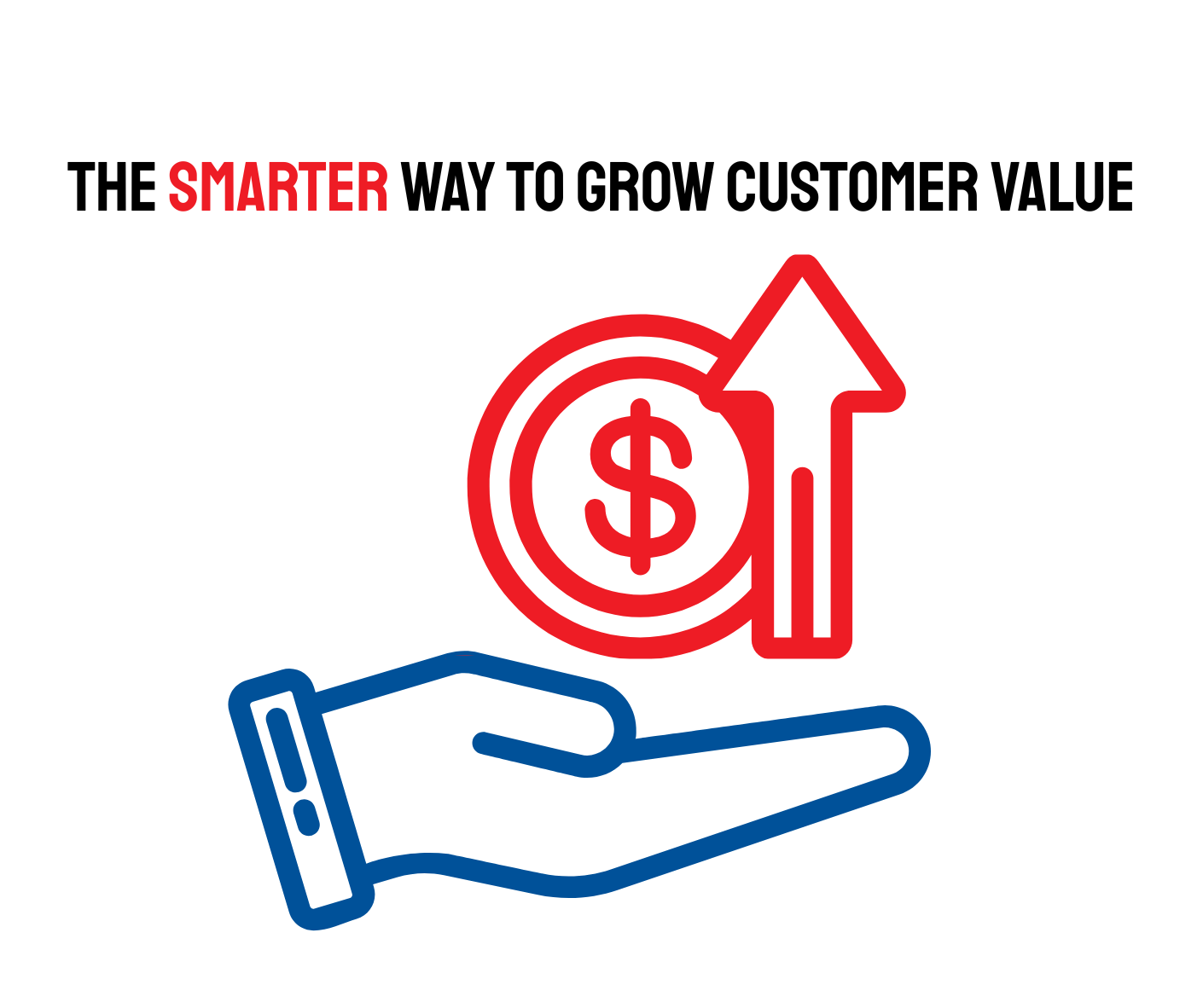Local Business Partnerships Strengthen Communities and Drive Growth
- Strategic partnerships expand reach – Small businesses can attract new customers, reduce costs, and strengthen their local presence by collaborating with complementary businesses.
- Joint events boost visibility – Pop-up shops, community festivals, and charity partnerships create opportunities for cross-promotion and increased customer engagement.
- Shared marketing maximizes impact – Social media takeovers, email marketing swaps, and joint discounts help businesses reach wider audiences without increasing advertising costs.
- Co-working and shared spaces reduce expenses – Businesses can lower overhead costs by sharing retail locations, office spaces, or market stalls while enhancing customer experience.
- Success stories highlight collaboration benefits – Partnerships like breweries and food trucks or bookstores and coffee shops demonstrate how businesses can thrive together by providing complementary services.
~ 507 words / 2.5 min read
Small businesses looking to expand their reach and strengthen their customer base are finding success through local collaborations. By forming strategic partnerships with other businesses and organizations, owners can tap into new audiences, reduce costs and contribute to a thriving local economy.
Finding the Right Business Partner
Successful collaborations often involve businesses that complement, rather than compete with each other. A coffee shop, for example, may partner with a bookstore to host book signings, creating a mutually beneficial arrangement that brings in customers for both. A fitness studio might team up with a health food store to promote wellness programs, offering discounts to each other’s customers.
Leveraging Events and Promotions
Local businesses can increase visibility and engagement by organizing joint events. Some popular strategies include:
- Pop-up shops – A bakery can be set up inside a boutique, providing shoppers with refreshments while increasing exposure for both businesses.
- Community festivals – Restaurants, retailers and service providers can join forces to sponsor or participate in local events, drawing in larger crowds.
- Charity partnerships – Businesses that collaborate with nonprofits or local organizations not only contribute to a cause but also boost customer loyalty and trust.
Such initiatives create opportunities for businesses to cross-promote and introduce their brands to new audiences.
Collaborating on Marketing Efforts
Marketing can be a significant expense for small businesses, but shared promotional efforts help reduce costs while maximizing impact. Local businesses can work together through:
- Social media takeovers – Partnering businesses can feature each other on platforms like Instagram and Facebook, increasing engagement.
- Email marketing swaps – Businesses can promote each other in their newsletters, introducing their products and services to a wider audience.
- Exclusive discounts – Offering customers a deal when they visit both businesses encourages spending across multiple locations.
Exploring Shared Spaces
Another effective collaboration strategy involves sharing physical space to cut costs and increase visibility. Co-working environments, pop-up markets and joint retail spaces are becoming increasingly popular among small business owners.
For instance, a yoga studio and a wellness clinic might share a lease, offering their clients a one-stop destination for fitness and health. Similarly, food halls that feature multiple vendors allow small restaurant owners to reach new customers without the financial burden of operating a standalone location.
Success Stories in Local Collaboration
One well-known example of local business partnerships is the collaboration between breweries and food trucks. Many craft breweries lack kitchen facilities, so they invite food trucks to set up outside their establishments. This arrangement brings in more customers, benefits both businesses and creates a vibrant atmosphere for patrons.
Independent bookstores and coffee shops have also successfully partnered to attract customers. By allowing book lovers to enjoy a cup of coffee while browsing, both businesses see increased engagement and longer customer visits.
The Bottom Line
For small businesses, collaboration is more than just a marketing strategy—it’s a way to strengthen the local economy and build lasting relationships with customers. By forming strategic partnerships, hosting events and sharing marketing efforts, businesses can maximize their resources and drive mutual success.
---
The Leavenworth-Lansing Area Chamber of Commerce is a private non-profit organization that aims to support the growth and development of local businesses and our regional economy. We strive to create content that not only educates but also fosters a sense of connection and collaboration among our readers. Join us as we explore topics such as economic development, networking opportunities, upcoming events, and success stories from our vibrant community. Our resources provide insights, advice, and news that are relevant to business owners, entrepreneurs, and community members alike. The Chamber has been granted license to publish this content provided by Chamber Today, a service of ChamberThink Strategies LLC.




